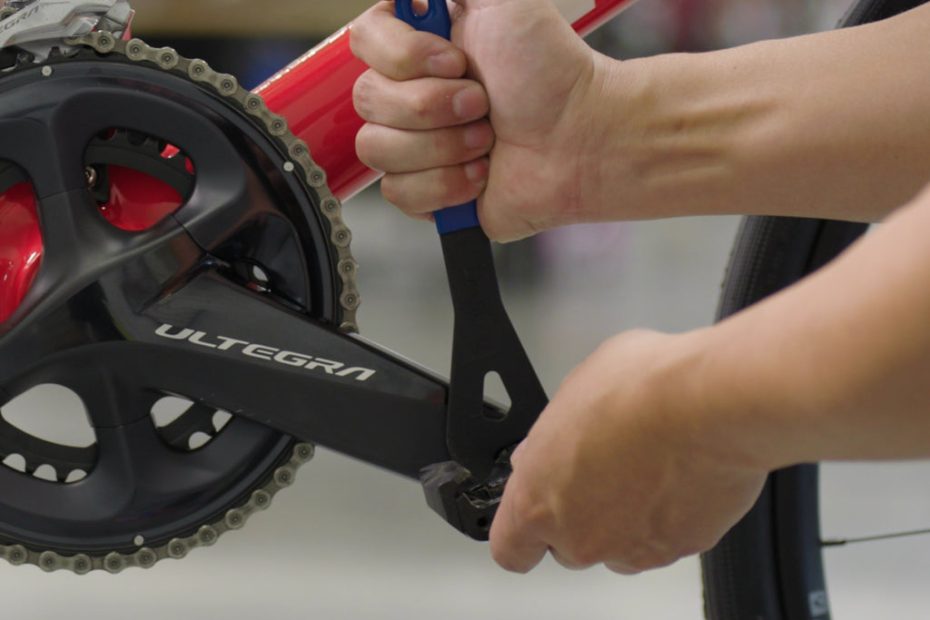Can You Over Tighten Pedals? Avoid These Common Mistakes!
How To Put Pedals On Your Bike
Keywords searched by users: Can you over tighten pedals
How Tight Should Pedals Be Tightened?
Proper Pedal Tightening Technique
When it comes to tightening your bicycle pedals, it’s crucial to strike the right balance. You want to ensure they are secure but not overly tightened. Here’s the proper technique:
-
Start by securing the pedal: Begin by ensuring that the pedal is snugly in place on the crank arm. Make sure it’s positioned correctly before proceeding.
-
Use the right amount of force: Apply firm pressure to tighten the pedal, but avoid using excessive force. Over-tightening can strip the threads on the pedal or crank arm, leading to potential damage.
-
Check for a silver round connection: Inspect the area where the pedal connects to the crank arm. If you see a silver, threaded connection, that’s where you should focus your tightening efforts.
-
Secure it firmly: Tighten the pedal until it feels secure, but stop when you encounter resistance. There’s no need to wrench it as tightly as possible.
By following these steps, you can ensure that your pedals are properly secured without risking damage to your bike’s components. It’s all about finding that sweet spot between secure and overly tight. If done correctly, your pedals will stay in place during your rides, enhancing both safety and performance.
How Tight Should Shimano Pedals Be?
What is the recommended level of tightness for Shimano pedals during installation? According to Shimano, it is advised to apply a torque of 35–55 Nm after properly greasing the threads. If you don’t have a torque wrench that can reach these values, it’s important to understand that the upper end of this range is significantly tight—potentially tighter than what many other pedal brands require for secure attachment. This information is essential to ensure the pedals are properly secured and avoid any potential issues during use. This advice was originally provided on April 5, 2018.
How Loose Should Pedals Be?
When considering the optimal pedal tightness, it’s essential to account for the fact that the pedal tends to tighten as you secure the lock nut. To achieve the desired level of tightness, it’s advisable to initially leave the pedal slightly looser than your intended setting before locking down the nut. Ideally, a well-adjusted pedal should rotate freely when given a gentle spin by hand, smoothly turning round and round without any resistance. This balance between initial looseness and the subsequent tightening ensures a pedal that is appropriately secured and provides a smooth, unrestricted spinning motion when in use.
Discover 12 Can you over tighten pedals
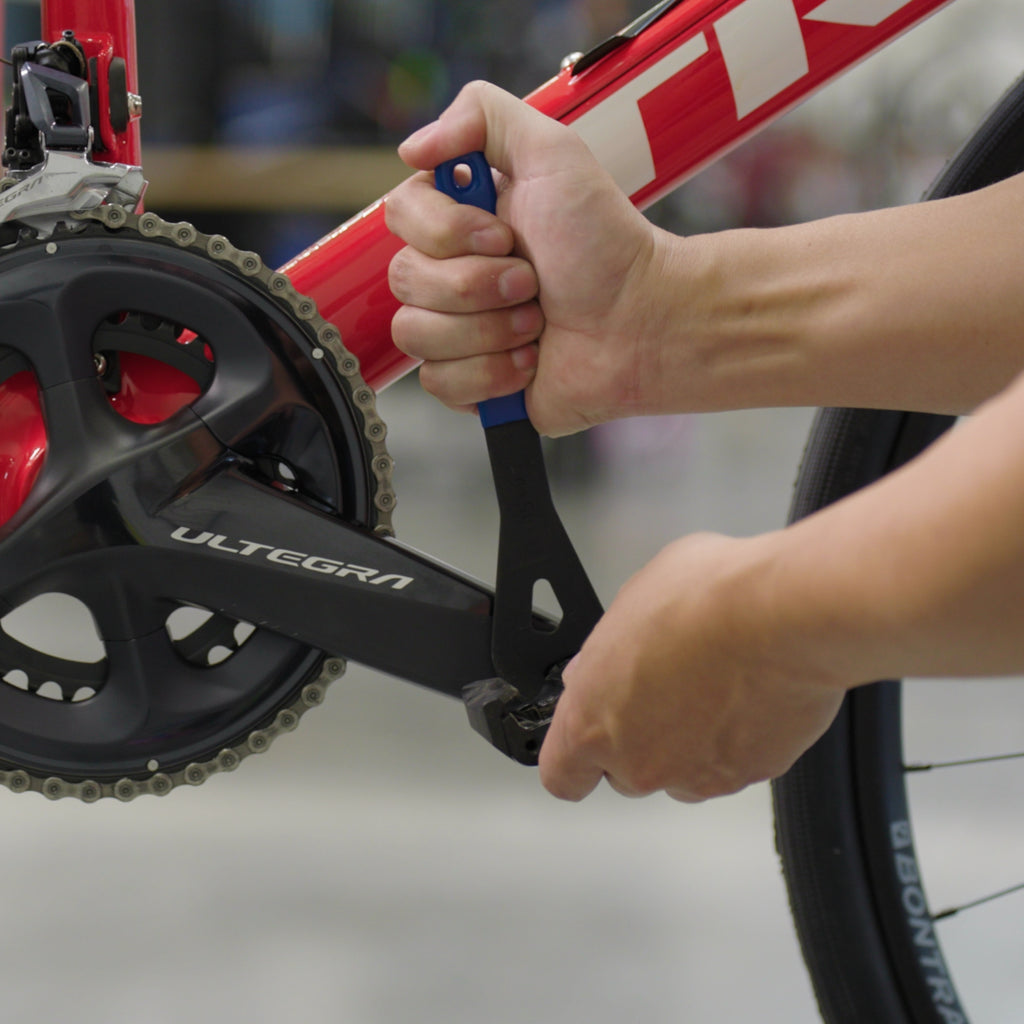

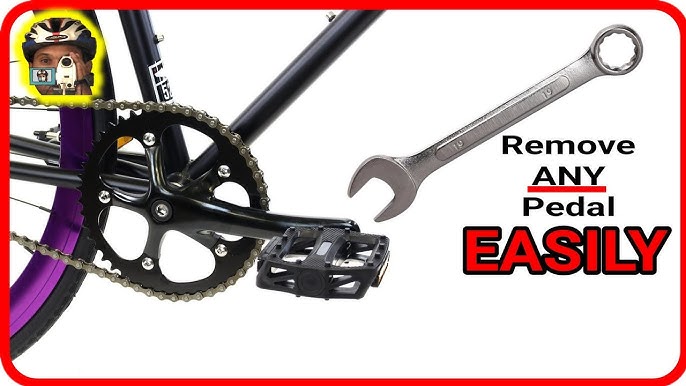
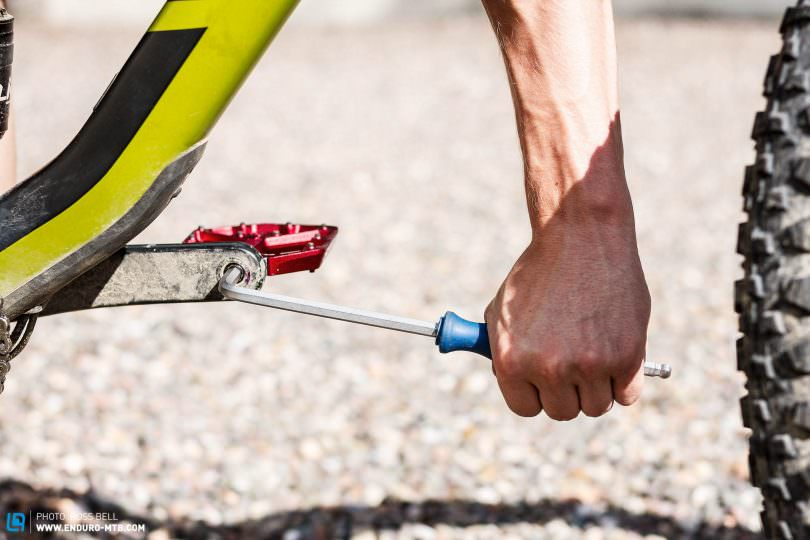
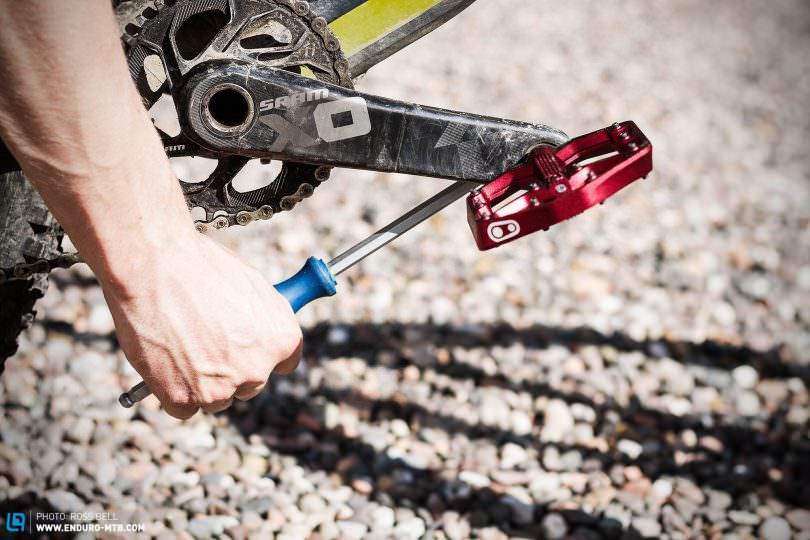


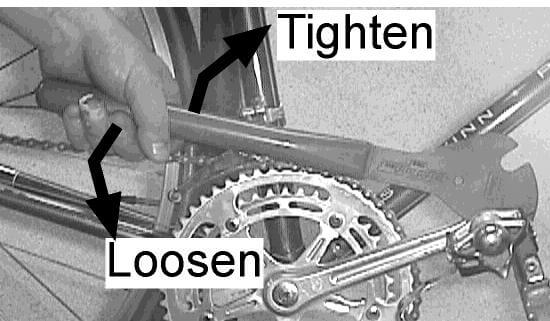
Categories: Aggregate 40 Can You Over Tighten Pedals
See more here: thichuongtra.com

Yes it is possible to over tighten bike pedals. Some people make the mistake of loosening both pedals counter clockwise. The right pedal loosens counter clockwise but the left pedal loosens clockwise, because the left pedal’s threads are the opposite direction from the right pedal.Shimano says to torque pedals to 35–55 Nm after greasing the threads. I don’t have a torque wrench that goes that high, but my best estimate is that the upper end of that is pretty darned tight; probably far tighter than many pedals are fitted.Keep in mind that very often the pedal will tighten up as the lock nut is secured. Leave the pedal a bit more loose than desired before locking down this nut to compensate. A pedal should be freespinning round and round with a slap from your hand.
Learn more about the topic Can you over tighten pedals.
- Can people over tighten a bicycle’s pedals? – Quora
- How to Tighten Your Pedals – YouTube
- Pedal installation torque – Cycling UK Forum
- How tight should people tighten pedals on a bike? – Quora
- Pedal spin resistance – Pinkbike Forum
- Stiff Clutch Pedal: 11 Common Causes & Cost | Car Sloth
See more: blog https://thichuongtra.com/games
